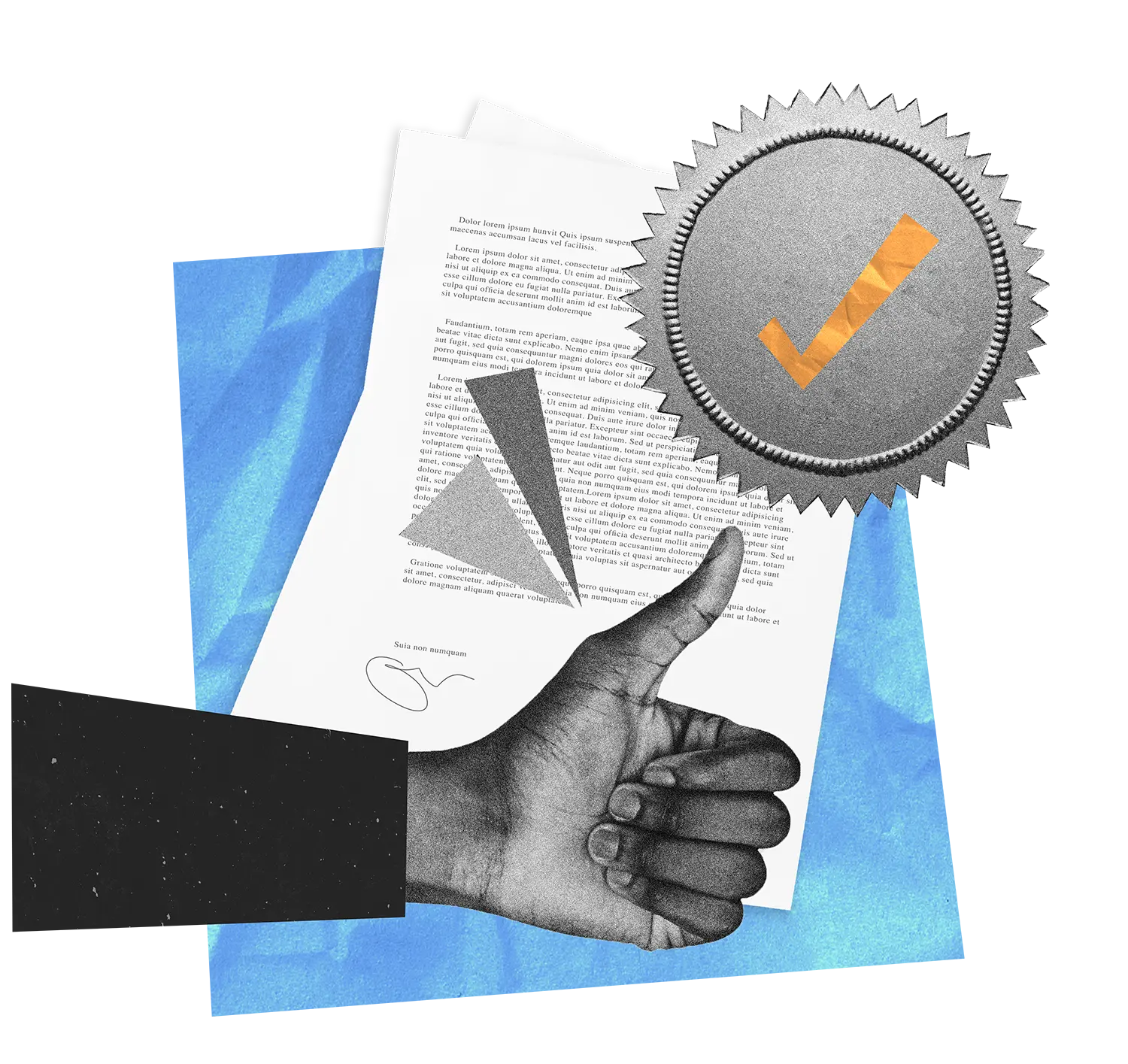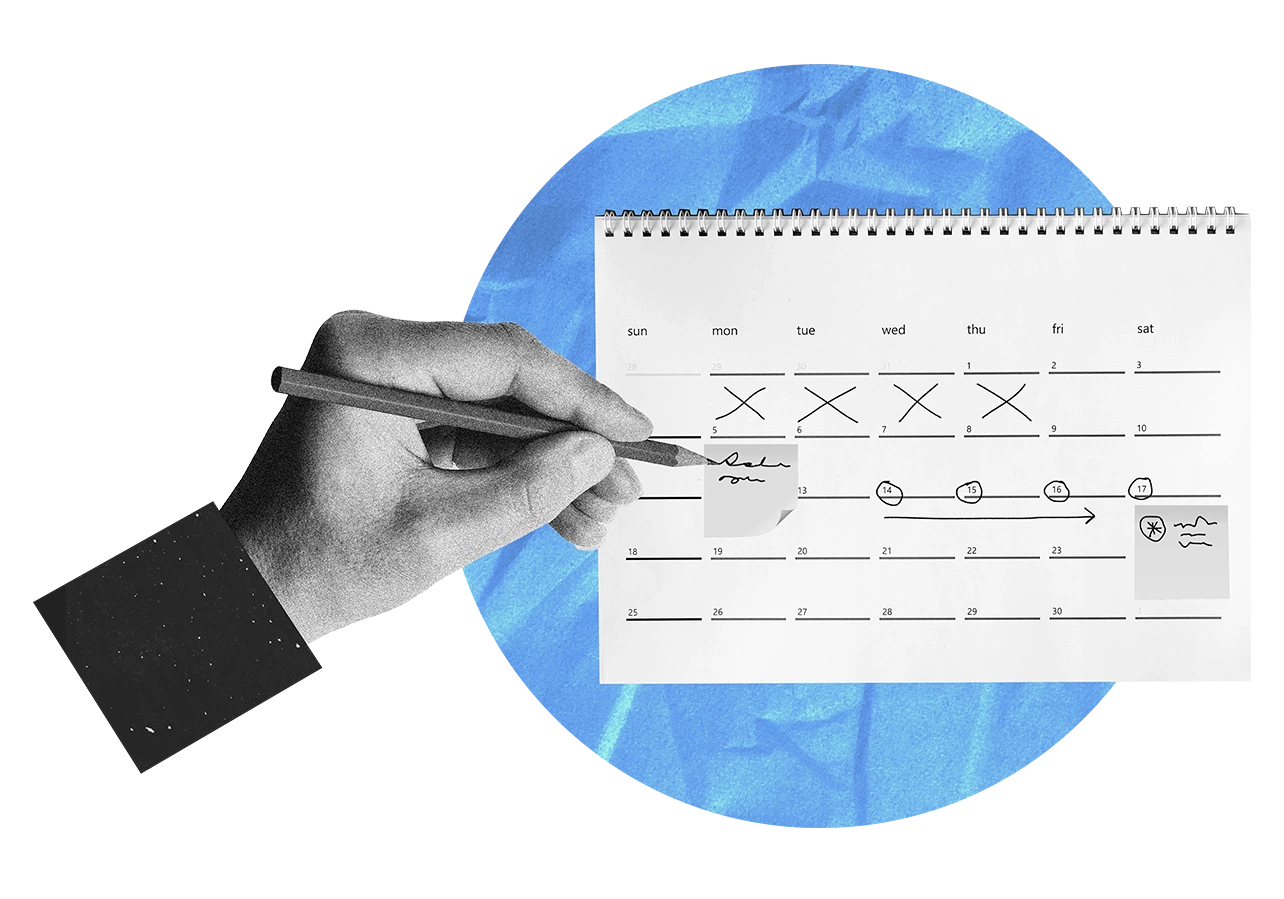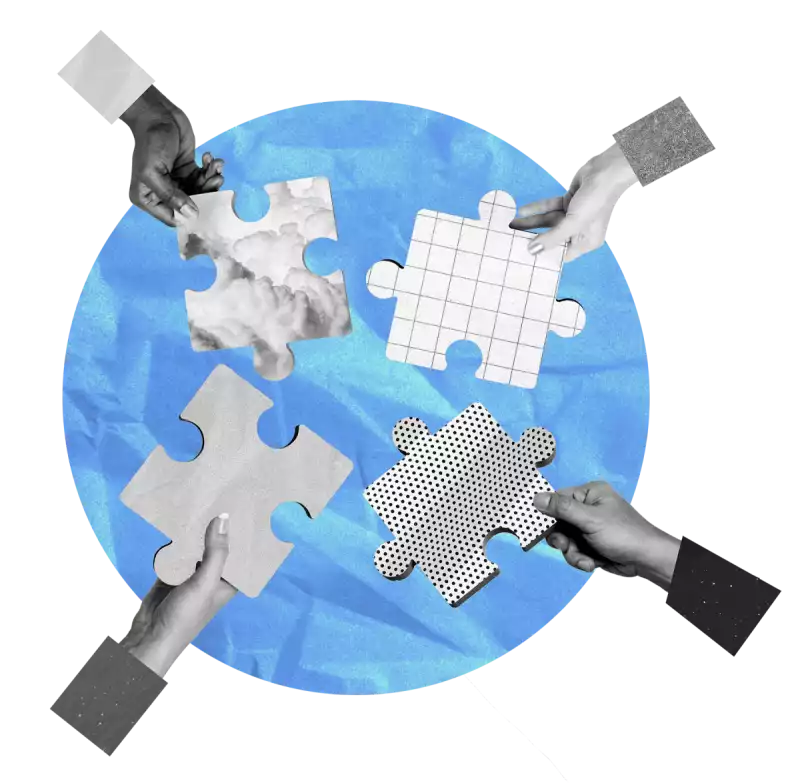About Integrity Pacts: how
Funding and costs
Integrity Pacts have upfront costs, but have been shown to contribute to significant cost savings in some contexts.
Integrity Pacts do not add significant delays or costs to the procurement process, contrary to some fears. In fact, Integrity Pacts have been shown to contribute to significant cost savings in public contracting in some instances.
Costs
Investing properly in essential elements of an Integrity Pact can contribute to its effectiveness. Costs should be budgeted from the outset with a clear plan for funding based on one of the models below.
Costs include:
- Fees of independent external monitor and/or technical experts;
- Fees of legal experts for advice on the procurement framework;
- Consultations with the public and business;
- Training of the monitors;
- Communications.
The Learning Review examined cases where the costs of a single application ranged from USD 50,000 to USD 200,000. The average total cost of implementing an Integrity Pact in an infrastructure project over one year is estimated to be up to USD 100,000. This figure refers to upfront costs only and does not consider the potential financial or other benefits of using the Integrity Pact.
Factors influencing the upfront cost include:
- Market conditions;
- Country;
- Size and complexity of the project;
- Whether the Integrity Pact concept is new in that context or whether it draws on previous experiences.
Funding models
Integrity Pacts can be funded by a range of methods, such as:
- By the contracting authority using the public budget;
- By the project investor, such as an International Financial Institution;
- By a donor to a civil society organisation;
- Via a system requiring bidders to contribute to the Integrity Pact through mandatory fees;
- A combination of the above factors.
Whatever the funding model, it must not compromise the independence of the monitor.











